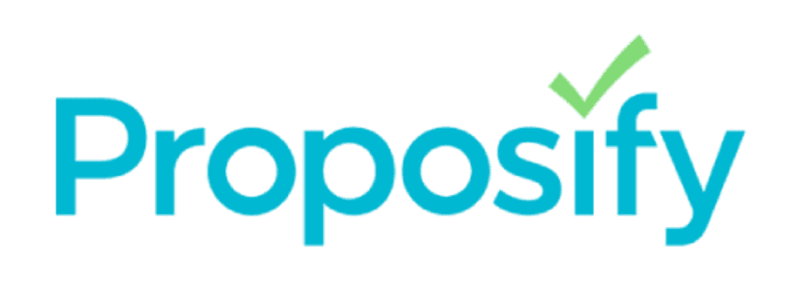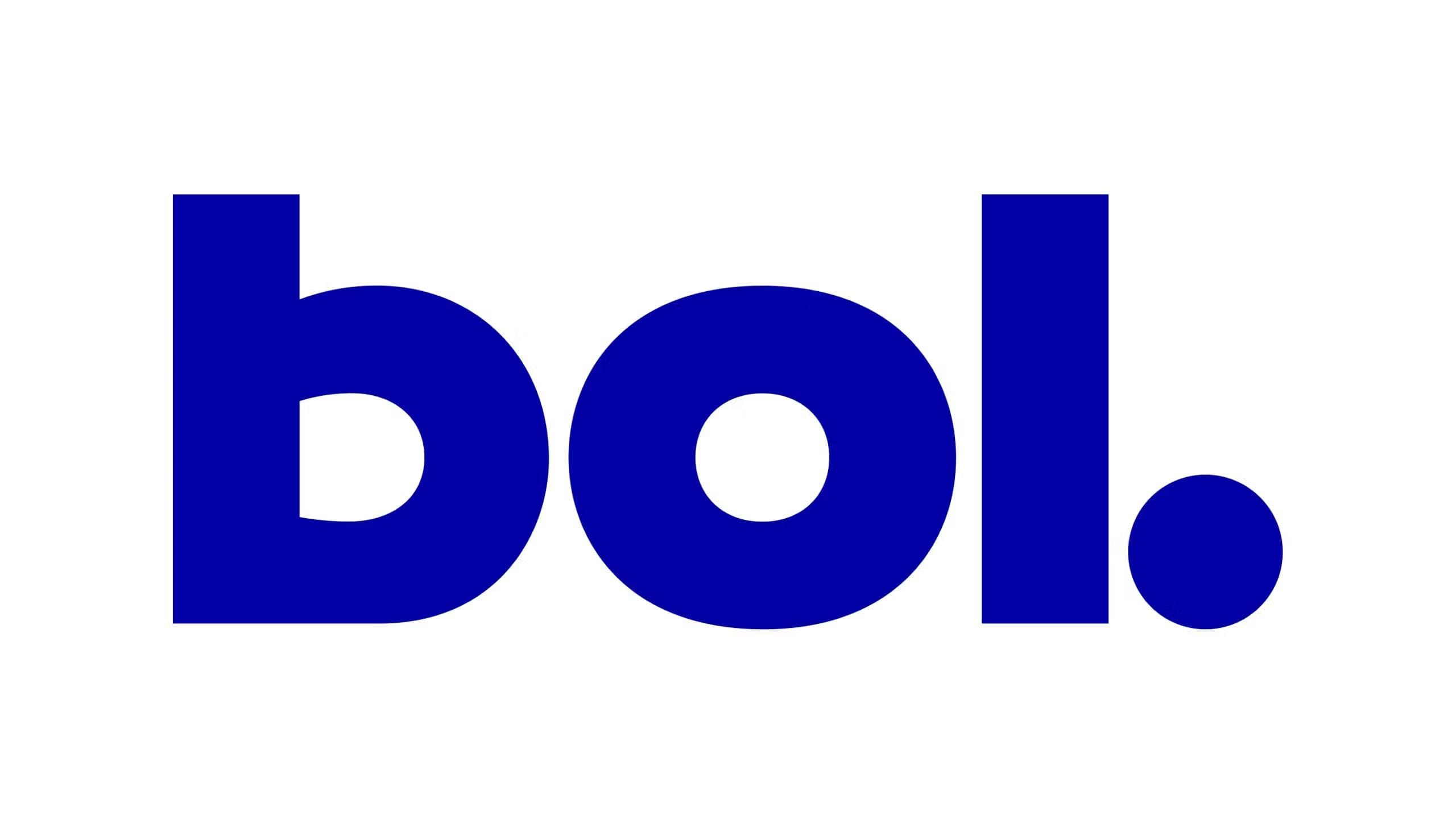How Proposify uses RudderStack for real-time attribution



Two years ago, Bol.com ran an audit. They already knew the answer, their platform couldn't scale for what was coming. But confirmation matters when you're about to make a fundamental infrastructure change.
Read more

Jaja Finance is a UK-based digital lender reimagining credit cards with a focus on customer experience and simplicity. With a growing customer base and mobile-first approach, Jaja needed to deliver seamless onboarding and personalized engagement while modernizing its data infrastructure.
Read more

In the midst of deprecating a massive Segment implementation, this multinational company standardized data collection, governance, and activation across thousands of sources with RudderStack’s enterprise-ready infrastructure.
brands migrated
sources migrated
reduction in brand onboarding
Read more


Implement RudderStack and start driving measurable business results in less than 90 days.


Feeling stuck with Segment? Take back control with RudderStack today.
Website, iOS, Android
Facebook Pixel, Gainsight, Google Analytics

A practical four-stage guide to driving impact with customer data. Complete with case studies and implementation strategies.